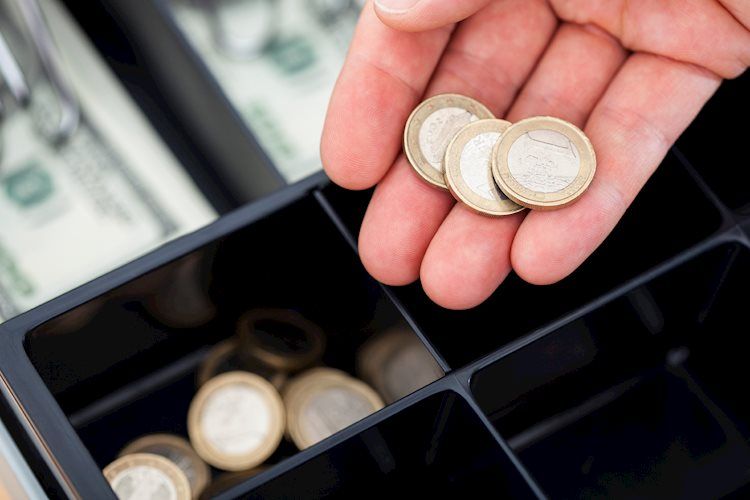EUR/USD is facing slight selling pressure but continues to hold onto its intraday gains near 1.0900 as fears of a financial crisis in France diminish. The European Central Bank (ECB) officials have refrained from committing to a specific rate-cut path, which has improved the outlook for the Euro. Additionally, hot Producer Price Index (PPI) and soft Consumer Price Index (CPI) data in the US could potentially jeopardize market expectations for Federal Reserve rate cuts in September.
The US Dollar rebounded after the PPI report showed that producer inflation grew at a faster-than-expected pace in June. Annual core PPI rose strongly by 3.0% from the estimates of 2.5%, while on a monthly basis, it grew at a robust pace of 0.4%. However, consumer inflation for June decelerated at a faster-than-expected pace, which could potentially impact the expectation for Fed rate cuts in September.
The Fed is expected to cut interest rates in September, with the possibility of another rate cut in November or December. This expectation has been prompted by the CPI data for June, which showed that core inflation unexpectedly decelerated to 3.3%. Despite easing inflationary pressures, Fed officials remain uncertain about the timing of rate cuts and the path towards achieving the desired inflation rate of 2%.
EUR/USD remains firm as fears of a financial crisis in France diminish and expectations for ECB rate cuts dwindle. There is less immediate risk of a widening financial crisis in France, as Marine Le Pen’s far-right party failed to maintain dominance. Uncertainty remains high due to the expected coalition between President Macron’s centrist alliance and the left wing New Popular Front led by Jean-Luc Mélenchon. ECB officials are hesitant to commit to a pre-defined rate-cut path as they are concerned about the impact on price pressures.
Technically, EUR/USD is hovering near the upper border of a Symmetrical Triangle formation on the daily timeframe. The currency pair is showing bullish momentum, with the 20-day Exponential Moving Average indicating a near-term bullish trend. The 14-day Relative Strength Index is also in the bullish range, suggesting that momentum is leaning towards the upside.
In economic indicators, the Producer Price Index ex Food & Energy released by the Bureau of Labor Statistics measures changes in prices by producers of commodities in the US. Excluding volatile products like food and energy, the index provides a more accurate calculation of price changes. A high reading is seen as positive for the USD, while a low reading is considered negative. Overall, EUR/USD continues to hold onto its gains amidst changing market expectations and economic data.











